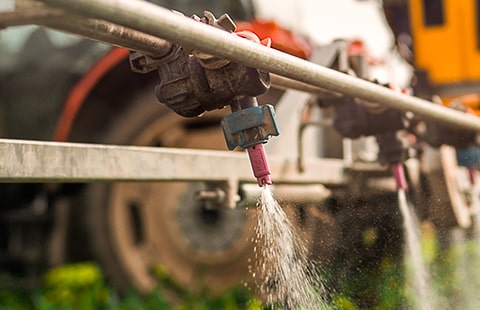Get unique, complex parts easily. No matter your requirements, Chaoyi Spring creates hard-to-produce coil springs and wire forms.
Let us help you create the custom wire form you need, from S-hooks and J-hooks to utility hooks and more.
We work closely with customers across a wide range of industries, helping them design and manufacture made-to-order parts.
Why choose Chaoyi Spring? We prioritize customer-focused collaboration, modern equipment and the latest technology to make your parts per print.
Find the information and guidance you need, from measuring a spring to learning about materials, placing an order and much more.
Torsion springs, often overlooked but incredibly vital, are coiled marvels that store and release energy through twisting. They power everything from car suspensions and watch movements to doorknobs and garage


Torsion springs, often overlooked but incredibly vital, are coiled marvels that store and release energy through twisting. They power everything from car suspensions and watch movements to doorknobs and garage doors. Understanding how these springs work and their unique properties is crucial to appreciating their widespread applications and design considerations. This article will delve into the intricacies of torsion springs, exploring their principles, types, and applications, showcasing their essential role in our modern world.

Imagine a spring that doesn't compress or extend but instead twists. That's the essence of a torsion spring. It's designed to store and release energy when subjected to a rotational force. This twisting action, known as torque, is the force that drives the spring's functionality.
The key to a torsion spring's operation lies in its helical shape. When a torque is applied, the spring coils tighten or loosen, storing elastic potential energy. When the force is released, the spring's stored energy drives its return to its original position, providing a restoring force. This twisting motion makes torsion springs ideal for various applications where a controlled rotational force is required.
Torsion springs come in diverse forms, each tailored to specific requirements. Here are some common types:
Selecting the right material is crucial for torsion spring performance. The chosen material must possess the appropriate elasticity and strength to handle the required twisting forces. Common materials include:
Torsion springs are the unsung heroes of many everyday objects and systems. They are widely used in:
Designing torsion springs is a complex process that involves numerous factors, including:
Torsion springs, while often unseen, are essential components in countless applications, bringing a twisting force to countless objects we use every day. Their ability to store and release energy through rotation makes them indispensable in industries ranging from automotive to aerospace. Understanding their principles, types, and design considerations helps us appreciate these unassuming yet powerful springs that drive so much of our modern world.
The next time you twist a doorknob, open a garage door, or look at a watch, remember the unseen torsion spring working behind the scenes. These remarkable devices are a testament to the ingenuity of engineering and the power of a simple twist.
Browse some of the custom wire forms and springs that we manufacture. Don’t see what you need? We specialize in made-to-order products that meet your application requirements.
Visit Our GalleryNeed a custom wire form or coil spring? We make it work. Fill out the contact form and a representative will respond within 1 business day. If you have a PDF or CAD file, you can submit to request a quote.